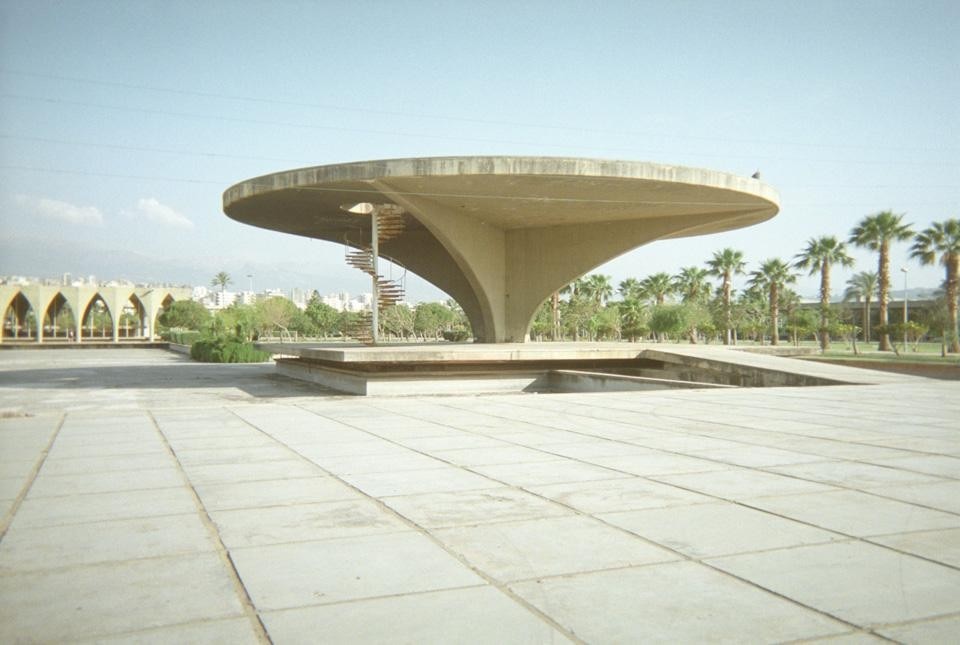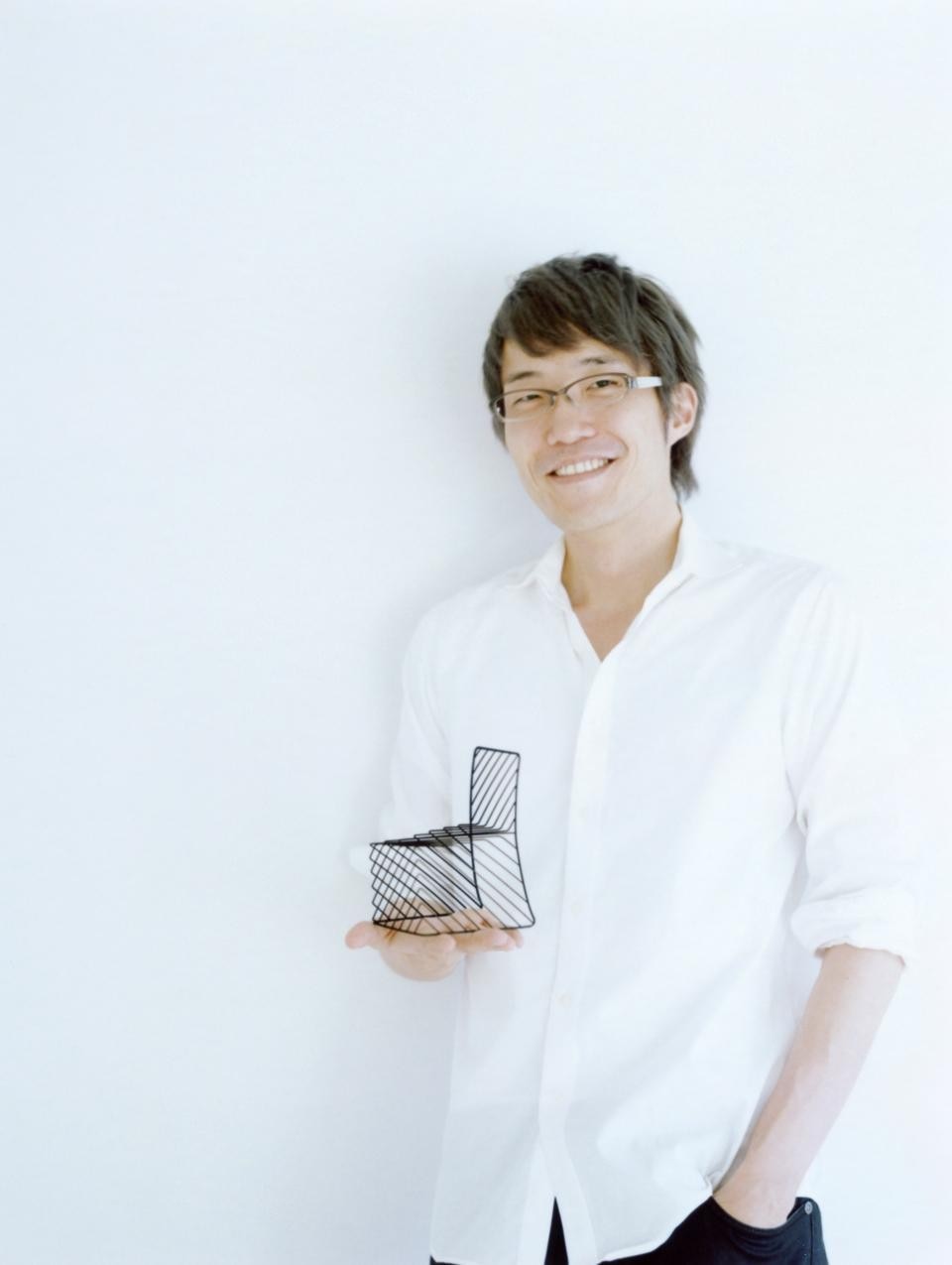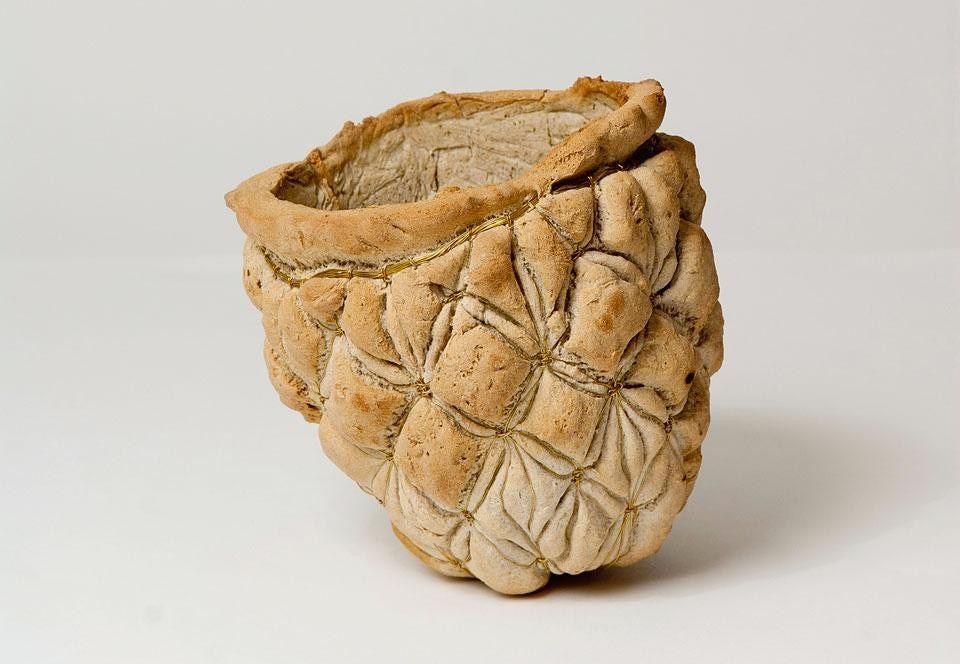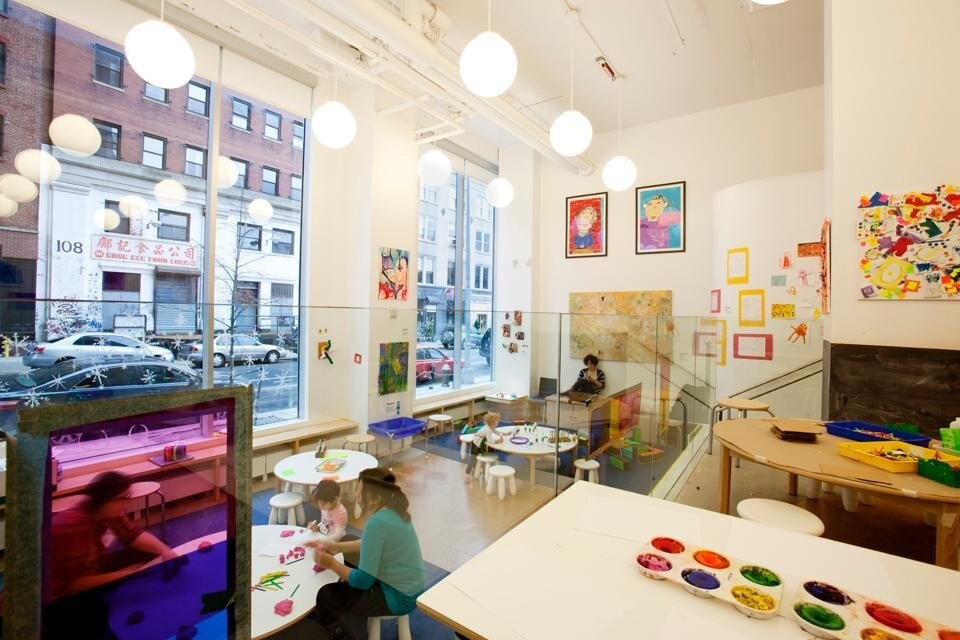States of Design 11: Handmade Design
A design report from New York by Paola Antonelli
If we fast-fast-forward to the end of the 20th century, we find that this polarised view of making things returned to inform designers' actions. In the Netherlands in particular, ever since the arrival of Droog Design in the mid-1990s, craftsmanship has been made to coincide with the need for a deeper, more thoughtful and responsible relationship with the built environment, not only a Dry Design but also a Slow Design of sorts. The importance of a mental, spiritual and sensual dimension in architecture and design, a concept as old as mankind that was momentarily lost with the persuasive propaganda of rationalism, is today an acknowledged datum.
[Read the complete article]

A photo-essay from Tripoli by Pelin Tan
When I arrived in Tripoli, a few hours away from Beirut, I rushed to catch Oslo-based video artist Knut Asdam, with whom I've collaborated as a writer for years. When he headed to Lebanon to, after obtaining permission, shoot the Niemeyer fairgrounds, he asked me simply to go with him. To follow an artist for one week while shooting this architecture — the locations, spaces, and corners of the fairgrounds — is something more than to understand the how an image can be a failure of empathy. The process is more about following the footsteps of an artist struggling to deal with the uncanny feeling of a (somehow) leftover modernist heritage, which evokes sadness, loneliness, romanticism, curiosity, but also freedom, in a "space" which is completely disconnected from its spatial and urban environment. How can an artist capture these images, without the burden of an exotic object of architectural modernism?
[Read the complete article]
Trial and Error: Nendo at the Salone
An interview from Milano by Maria Cristina Didero
Limited editions and design in series; you seem fascinated by both.
I admit I am not hugely interested in the standard dynamics of the art world nor am I drawn to it but it certainly offers the chance to show something unfinished and present raw ideas that can, perhaps and potentially, evolve and become something else. When I design for Moroso or Cappellini I have to stick to certain precepts and am happy to do so. I have to understand whether my product is right and works. I can have no doubts or questions about what design to put forward. More specifically, I must not ask myself "what is a chair?" as you do with museums and galleries. The answer is easy and my design must only and totally be a chair, not an interpretation of this object. You also have to follow the dictates of the market and if possible achieve an end price that puts people in a position to buy it.
[Read the complete article]

An architecture report from New York by Andres Lepik
The architectural design of Children's Museum of Arts accepts willingly the given conditions of the existing industrial spaces, keeping the structures clearly visible (including the open ducts and pipes on the ceilings), and connecting itself to its neighborhood with wide windows. The spaces that are oriented towards the back create a different atmosphere in which children can turn away from the surrounding city and follow their own paths, exploring the various offerings in the Labs and Studios in spaces that each have their individual character. Despite the project's tight budget and its specific space conditions, the architects have successfully turned all restrictions into great benefits for both the children and the Museum.
[Read the complete article]
Leme Gallery, São Paulo
A video from São Paulo by Pedro Kok
The problem that arises is created by the very brief life cycle of the first Leme Gallery. Built in 2004, the original building was then demolished in 2011 to make way for a new art gallery nearby, one similar to the first and designed by Mendes da Rocha and the Metro group. It is a case that combines the rapidity of architectural decay with the contrast between the reproducibility and the uniqueness of the modern architectural work.
[Read the complete article]




